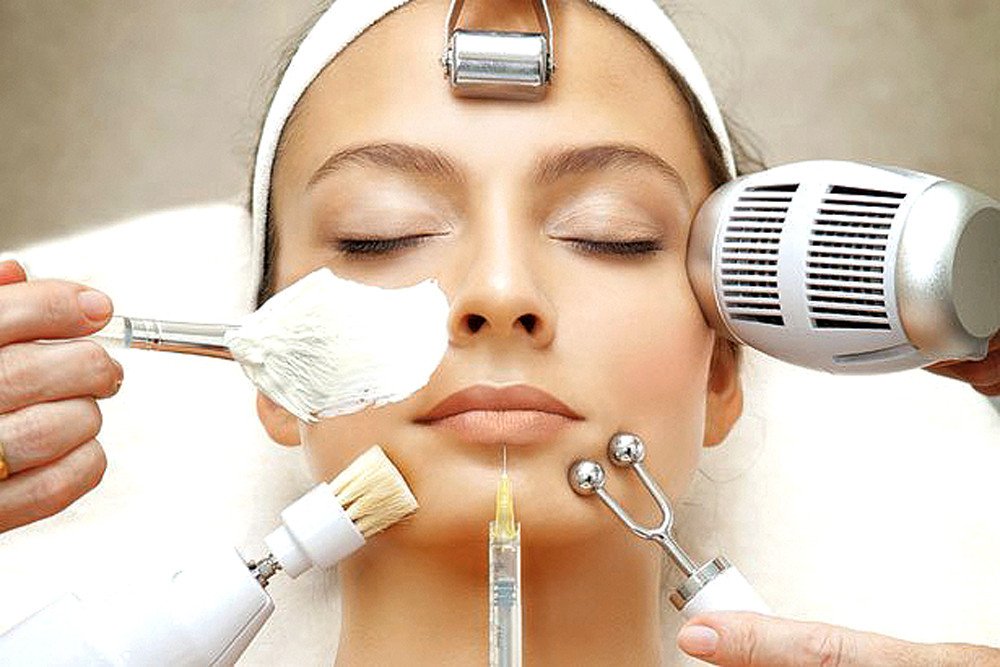Platelet-Rich Plasma (PRP) treatment is a cutting-edge medical procedure that has gained popularity in recent years for its remarkable regenerative capabilities. This non-surgical therapy utilizes a patient’s own blood to promote healing and rejuvenation in various parts of the body. PRP has become a go-to option for individuals seeking natural and effective solutions for issues like hair loss, joint pain, skin rejuvenation, and more.
In this treatment, a small sample of the patient’s blood is processed to concentrate the platelets, which are rich in growth factors and proteins essential for tissue repair. When applied to the target area, PRP stimulates cell regeneration, collagen production, and tissue repair, promoting a range of therapeutic benefits. Whether you’re interested in enhancing your appearance or seeking relief from musculoskeletal conditions, PRP therapy offers a minimally invasive and promising approach to improving your overall well-being. Let’s find out more about PRP treatment in Sirsa, Haryana.
What is platelet-rich plasma (PRP) in Sirsa?
Platelet-Rich Plasma (PRP) is a medical treatment that harnesses the natural healing properties found in a person’s own blood to promote tissue repair and regeneration. It has gained popularity across various medical fields, including orthopedics, dermatology, and sports medicine, for its ability to accelerate healing and alleviate certain medical conditions.
Here’s how PRP works:
- Blood Collection: A small sample of the patient’s blood is drawn, typically from their arm, in a manner similar to a routine blood test.
- Centrifugation: The collected blood sample is then placed in a centrifuge, a machine that rapidly spins the blood. This spinning process separates the blood into its various components, including red blood cells, white blood cells, plasma, and platelets.
- Platelet Concentration: The centrifuge isolates and concentrates the platelets, which contain growth factors and bioactive proteins that play a crucial role in tissue repair and regeneration.
- Injection or Application: The concentrated platelet-rich plasma is then extracted and prepared for medical use. Depending on the specific medical application, it can be injected directly into the affected area (e.g., joints for osteoarthritis, scalp for hair loss) or applied topically to the skin (e.g., for facial rejuvenation). The growth factors in PRP stimulate tissue healing and regeneration by promoting the body’s natural repair mechanisms.
What is PRP treatment used for?
PRP is commonly used for several purposes:
- Orthopedics: PRP injections can help reduce pain and accelerate healing in orthopedic conditions like tendonitis, ligament injuries, and osteoarthritis.
- Dermatology: In dermatology, PRP is used for skin rejuvenation and to treat conditions like acne scars and hair loss.
- Sports Medicine: Athletes often use PRP to recover from injuries more quickly, such as muscle strains and ligament injuries.
- Cosmetic and Aesthetic Medicine: PRP facials and treatments can improve skin tone, texture, and overall appearance.
PRP therapy is valued for its minimally invasive nature, as it relies on the patient’s own blood components, reducing the risk of allergic reactions or side effects. However, the effectiveness of PRP treatment can vary depending on the specific condition and individual patient response, and it is essential to consult with a qualified medical professional to determine if PRP is a suitable option for a particular medical concern.
PRP Therapy Risks and Side Effects
Like any medical procedure, there are potential risks and side effects associated with PRP treatment in Sirsa, Haryana. It’s crucial to discuss these with your healthcare provider before undergoing PRP therapy. Here are some of the risks and side effects of this treatment:
- Pain and Discomfort: After PRP injections, some patients may experience temporary pain, swelling, or discomfort at the injection site. This is usually mild and short-lived but can last for a few days.
- Bruising: Bruising can occur at the injection site, particularly if blood vessels are damaged during the procedure. Bruising typically resolves on its own.
- Infection: While the risk of infection is relatively low, there is always a small chance of infection at the injection site. Healthcare providers take precautions to minimize this risk by using sterile techniques.
- Allergic Reactions: Although allergic reactions are rare with PRP therapy since it involves the patient’s own blood, there can be sensitivities or allergies to the materials used during the procedure.
- Blood Clotting Disorders: PRP therapy may not be suitable for individuals with certain blood disorders or clotting problems. It’s essential to inform your healthcare provider of your medical history and any underlying conditions.
- Overuse and Over-treatment: Overusing PRP therapy or receiving excessive injections in a short period may lead to diminishing returns and less effective outcomes.
- Pain Persistence: PRP may not alleviate pain or improve symptoms in all cases, and patients should be prepared for potential variations in treatment response.
It’s crucial to have a thorough discussion with your healthcare provider before undergoing PRP treatment in Sirsa, Haryana. They can assess your medical history, evaluate the suitability of PRP for your condition, and explain potential risks and benefits. Additionally, choosing a qualified and experienced healthcare provider for the procedure can help minimize the likelihood of complications.





